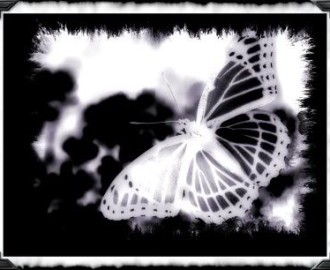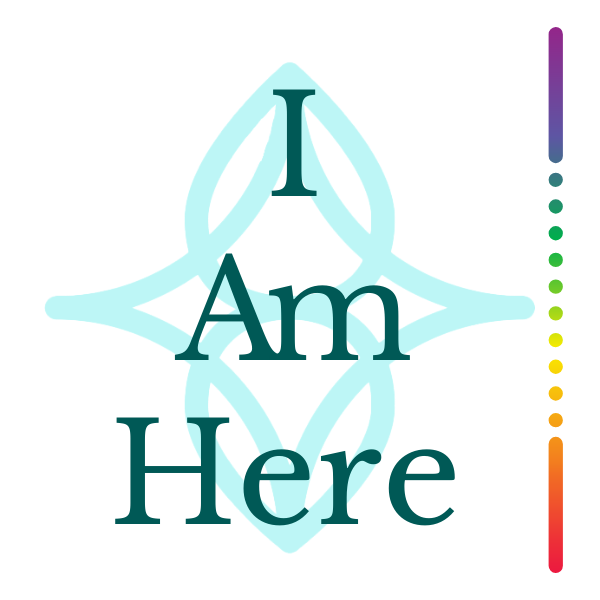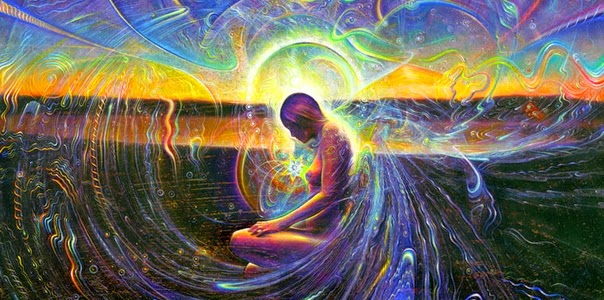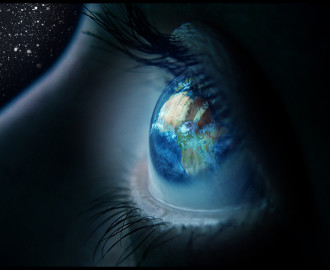Just as when we allow the space between objects, the physical world comes to life in our perception, when we allow those blinks in perception, and put our focus there, consciousness comes to life – beyond the individual private focus and alive in the perpetual miracle of being here.
Consciousness. So critical to the development of mind, so fundamental to learning, experience, creation and manifestation. But what is it?
“Recent research has shown that the “stream” of consciousness is, in fact, an illusion,” writes Hickok. “We actually perceive the world in rhythmic pulses rather than as a continuous flow.” The article the illusion of the stream of consciousness is created in the same way that the fast flicker of individual frames in a movie seem to be a continuous reality.
These snapshots have their own rhythm (eg. Slow motion), which was first described in the 1920s as categories (alpha waves, delta waves, etc.) Today, scientists believe that these rhythms are directly affected by the rhythms of the environment – by the vibrations of where we put our attention.
To put it differently, individual consciousness is in the first place receptive to the environment on which it is focussing. These alterations in brain vibrations are what stimulates thinking and feeling processes through the interaction with memory. “What this means is that the brain samples the world in rhythmic pulses, perhaps even discrete time chunks, much like the individual frames of a movie. From the brain’s perspective, experience is not continuous but quantized.”
Waking Consciousness, it seems could be the result of a rapid sampling of the data of perception in discrete frames or time “chunks”. This is even outside the intervention of memory, imagination, projection or subconscious agenda.
Emptiness is not Nothing
There is a strange phenomenon in perception. Artists know well that to draw the space between objects can be far more powerful and alive than to draw objects themselves. Musicians know that the silence between the notes and melodies can be far more important to the power of the performance than any particular sound. Practitioners of mindfulness know that in the space between the in breath and the out breath, the whole movement of breathing is released into a natural rhythm without mental interference. The magic is always in the gaps, in the blinks, in the space between.
Our mistake, and perhaps the mistake of scientists (whose approach itself to perception is based on perception) is the tendency to believe that what is there behind and between each snap shot of consciousness is irrelevant. Such a belief – based so much on our tendency to identify with the visible – is akin to the belief that silence is an accidental break in perpetual movement, or that objects exist as a unified mass of condensed vibration as opposed to through the grace of the space between and through them.
In short, this program of the mind to believe that the imperceivable is absent, is radically distorting our wisdom in modern spirituality, creativity, manifestation and science.
What’s inside a perceptive blink?
Unlike the movie screen, which when the projector breaks down, there is just a flat service, the blinks in our perception are far from irrelevant. They are that which defines the frequency of vibration, the freedom in attunement and the freedom to identify and disentangle from perception.
This in itself brings a liberation in the world of form – to move between dualities of creativity and destruction, wakefulness and deep relaxation, relating and solitude, expression and reception. This freedom is not an island of individuality, but the freedom of the individual to precisely express its purpose or lessons of life, in seamless unity with the environment.
Just as when we allow the space between objects, the physical world comes to life in our perception, when we allow those blinks in perception, and put our focus there, consciousness comes to life – beyond the individual private focus and alive in the perpetual miracle of being here.
Eckhart Tolle, in a recent panel discussion with world thinkers on the subject of education, described an interesting statistic. He told how it had been validated that footballers who take a moment to go inside (pray, surrender, dedicate, pause) before shooting a penalty had been found to be by far more successful than those who just went for it. He likened this inner access to the space where a physicist surrenders – beyond mind, beyond perception – in order to receive the inspiration or direction in his or her research.
We all know this space inside. And when we attend to its impact, we know it as our deepest friend, the “beloved” source from which we were never separate. We can’t “see” the perceptive blinks (how could we, as they are breaks in consciousness) but we can see the effects of our surrender on our consciousness (awakening) and on our minds (opening). These effects are radical.
Reversing the paradigm to surrender beyond consciousness
The tendency of perception through waking consciousness to control, identify, split the world into subject (me) and object (that which is “seen”) is a collective compulsion. This is partly a result of the lack of space in the sheer identification with consciousness itself as the source of all we are, rather than the recognition that it is a phenomenon, or effect of the source of all we are.

Were something becomes nothing and nothing becomes something, and both potentials codepend out of a space where they are one.
In attending, allowing and surrendering to perceptive blinks, in meditation and in real time, perception can itself begin to be experienced as in inverse – like the negative images of old photos. That which we identified as absolute or “real” (our experience) now is liberated to be nothing other than an effect of a great source of ourselves which is beyond perception.
For example, take the popular notion of love. What is love? When asked, many will describe the feelings of love. A warmth, an opening of the heart, intimacy – as if these qualia are love itself. These feelings of “love” can vary from one person to another and from moment to the next. These feelings are unstable and are the relative experiences of the effect of love. They are impressions, they are not love itself. So what is love? Can we surrender to the cause of love rather than holding onto the effect?
Is it worth a try?



